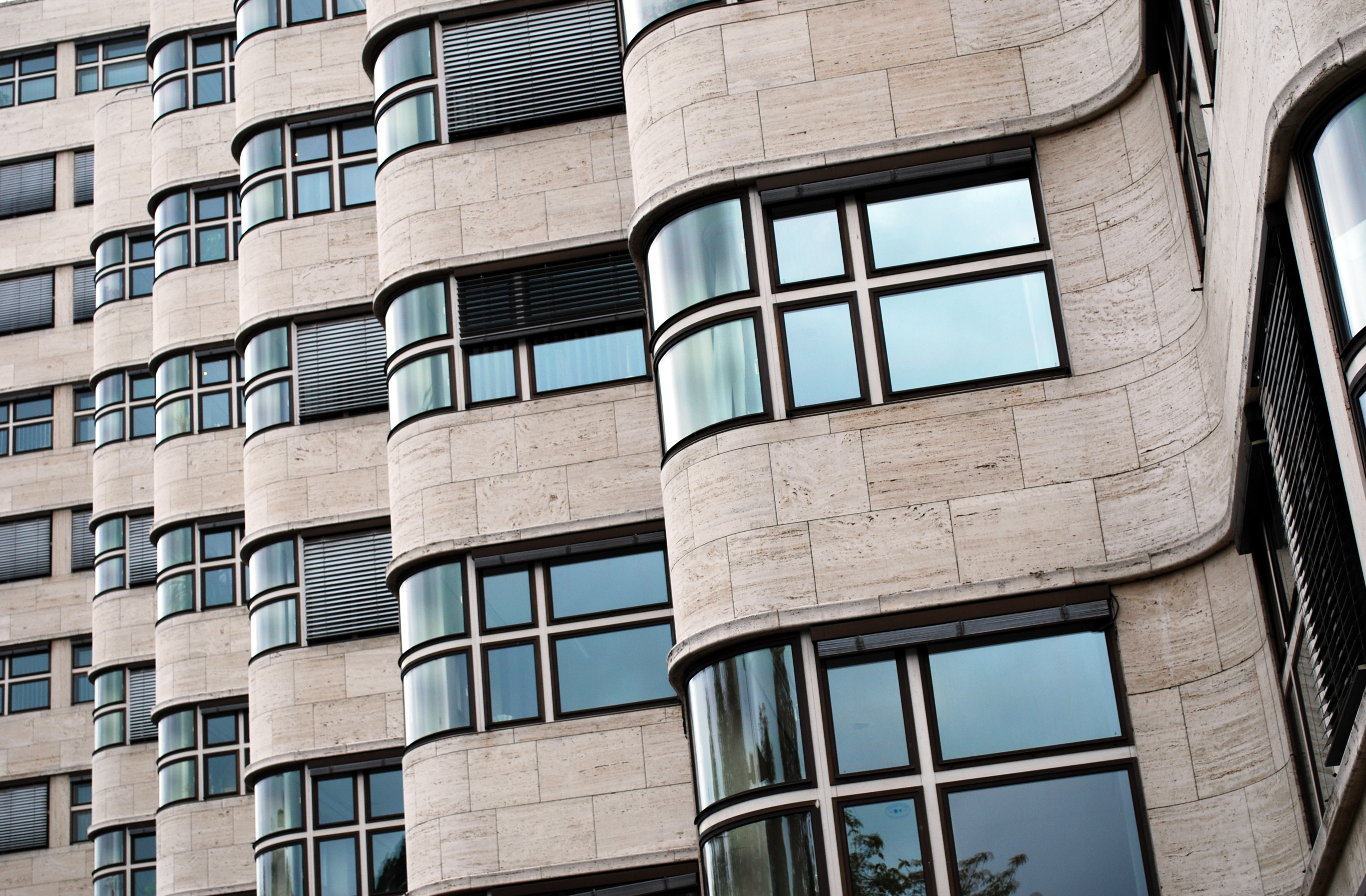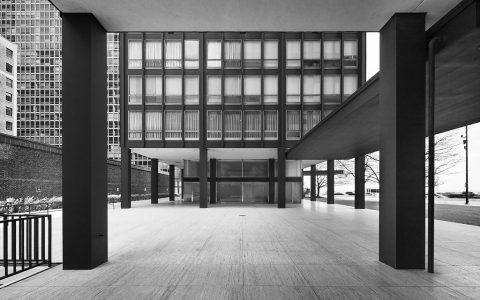Ludwig Mies van der Rohe profoundly altered the trajectory of architecture by embedding principles of minimalism, technology, and universal aesthetics into the built environment.
Philosophical Reformation
Mies distilled architecture to its essence through his dictum "Less is More", rejecting ornamentation in favor of clarity and functionality. This philosophy, crystallized during his Bauhaus directorship (1930-1933), positioned simplicity as a moral imperative, shifting the field from historical styles to rational modernism.
Material and Structural Innovations
He pioneered the use of steel and glass, enabling innovations like curtain walls and open-plan interiors. Key examples include the Seagram Building, which showcased structural honesty and spatial freedom, setting a template for skyscrapers worldwide.

- Emphasis on industrial materials reduced costs and construction time.
- Column-free spaces maximized flexibility and light permeability.
Spatial Reconfiguration
Mies redefined human interaction with space through designs like the Farnsworth House, featuring flowing layouts that dissolved barriers between interior and exterior. This approach prioritized experiential quality over static forms, influencing contemporary residential and civic design.
Global Dissemination and Legacy
As Bauhaus’s final director, Mies exported its ideals to America, where his Chicago-based practice trained architects and propagated the International Style. Key impacts include:
- Standardization of modernist aesthetics across continents.
- Enduring focus on detail and proportion.
His legacy persists in the ubiquitous glass skyscrapers and minimalist paradigms that dominate urban landscapes.







